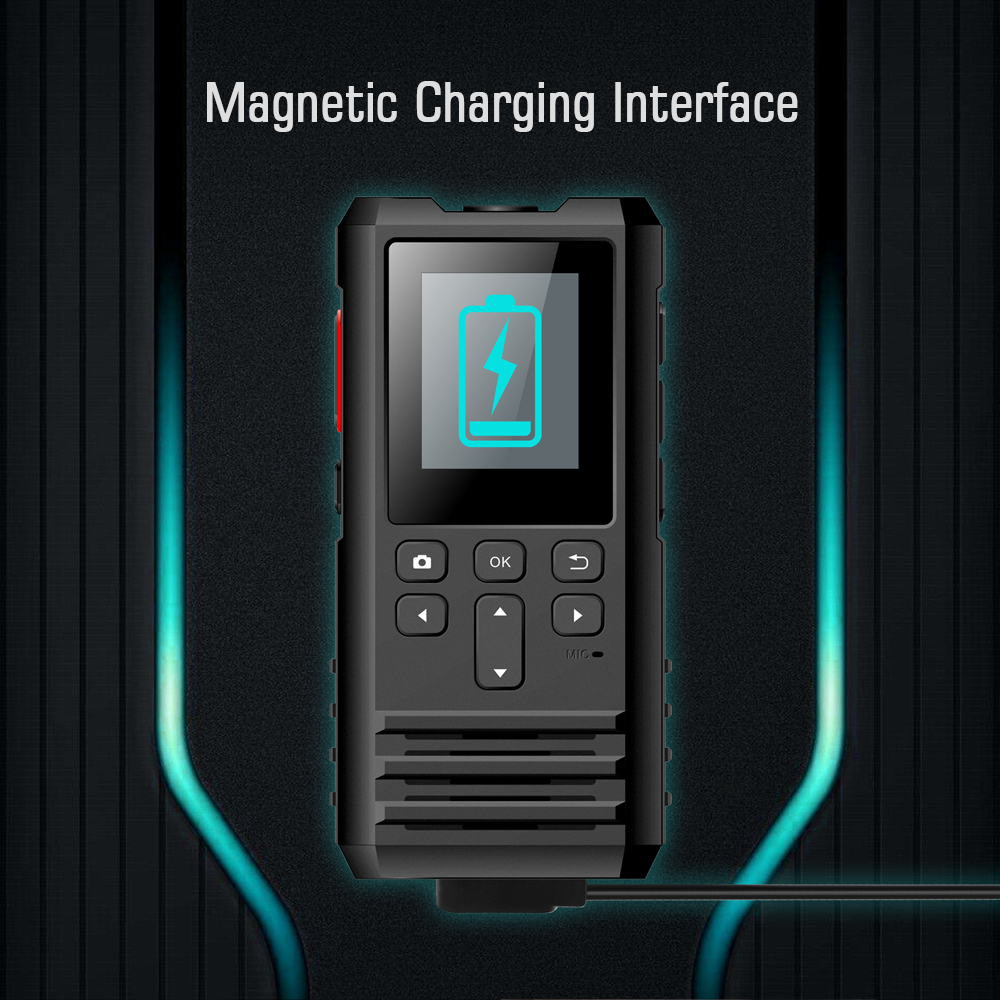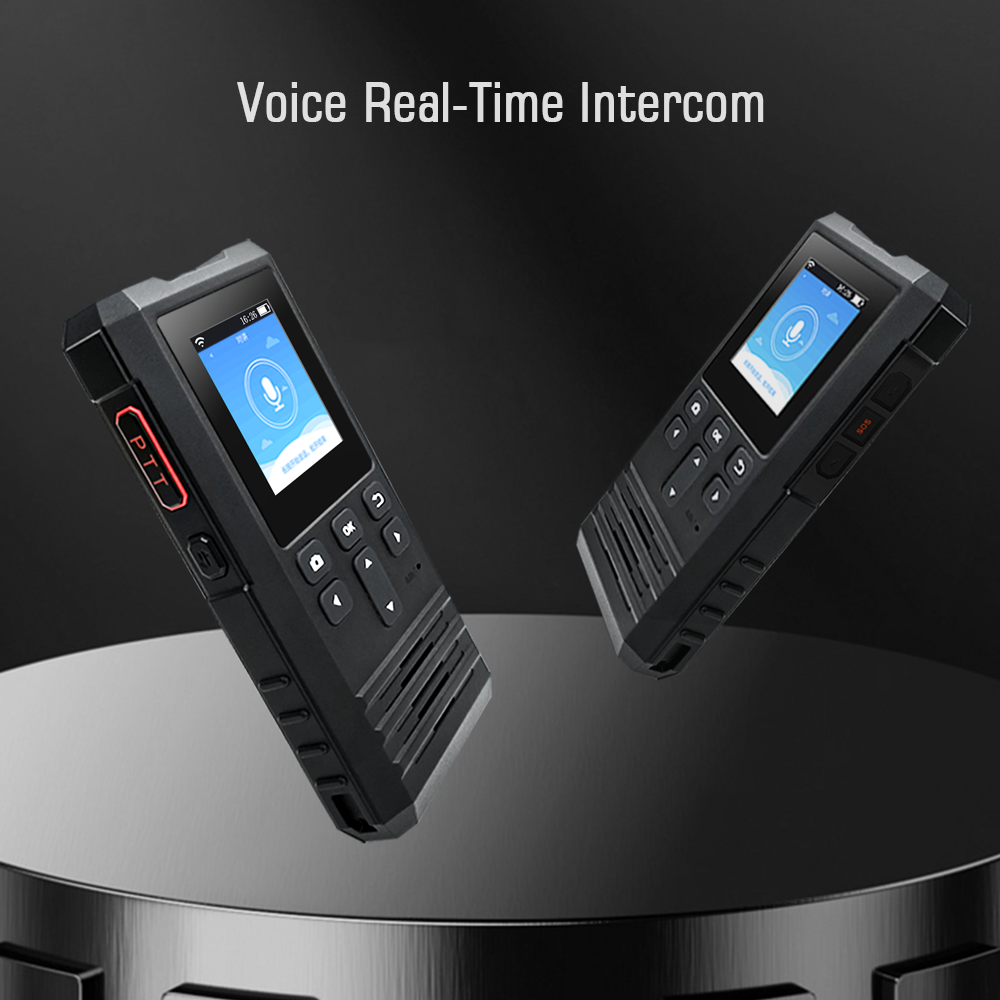

Today’s security access systems integrate several key features to effectively handle unstable grids. Intelligent power management systems automatically switch between multiple energy sources, including grid power, batteries, and renewable energy sources such as solar panels. These systems use ultra-efficient components to minimize energy consumption while maintaining full functionality. Many systems incorporate supercapacitors to provide instantaneous power during micro-outages and voltage reductions. The best solutions are modular in design, allowing for easy expansion of power backup capacity as demand grows. These technological advances ensure that secure access systems can function despite the kinds of power disturbances that would bring down traditional systems.
Effective battery solutions are the backbone of reliable secure access systems in unstable power environments. Modern systems employ arrays of lithium-ion batteries, which have a longer life and faster recharge times than traditional lead-acid batteries. Intelligent charging circuits optimize battery health by adjusting the charge rate based on power quality and usage patterns. Some advanced systems implement a staged power reduction protocol that automatically prioritizes critical functions during extended power outages. For maximum reliability, enterprise-grade secure access systems often include battery health monitoring with predictive failure alerts. These features combine to create systems that can maintain safe operation for days or even weeks without stable grid power.

Maintaining the ability to communicate during unstable power is a major challenge for secure access systems. Cutting-edge solutions address this issue with multiple redundant communication channels, including cellular failover, mesh networks, and low-power wide area networks (LPWANs). These systems automatically switch between connectivity methods based on availability and signal strength. Some systems incorporate local caching of access credentials and event logs and synchronize them when connectivity is restored. For high-security applications, a secure access control system may include an encrypted short-range radio system that maintains access control functionality even if all network connectivity is lost. This multi-layered approach ensures continuous monitoring and control regardless of broader infrastructure issues.
The physical components of a secure access control system must withstand the additional stress caused by unstable power. Industrial-grade electronics with wide voltage tolerances prevent damage from surges and fluctuations. Electromechanical locks designed for high-cycle operation ensure reliable performance even with frequent power transitions. Many systems now incorporate solid-state relays instead of mechanical relays for extended life. Outdoor components feature enhanced weather and temperature resistance for environments where unstable power is often accompanied by extreme weather. These hardware enhancements create a secure access control system that can withstand challenging conditions while maintaining precise security control.

The underlying architecture of a secure access control system has a significant impact on its resiliency. Distributed systems with local processing at each entry point continue to operate during network or power outages. Edge computing capabilities allow door controllers to make access decisions independently when central systems are unavailable. Cloud-based management platforms with geo-redundant servers provide management continuity during local outages. Modern secure access systems increasingly adopt hybrid architectures that combine the reliability of local control with the flexibility of cloud management. These architectural approaches create systems that can maintain security even when parts of the infrastructure are compromised due to power issues.
As many regions continue to face power infrastructure challenges, secure access systems continue to evolve to meet these needs. Emerging technologies promise even greater reliability. Forward-thinking organizations should choose systems with firmware update capabilities and modular expansion options. The most resilient secure access systems will increasingly incorporate renewable energy integration and smart grid compatibility features.